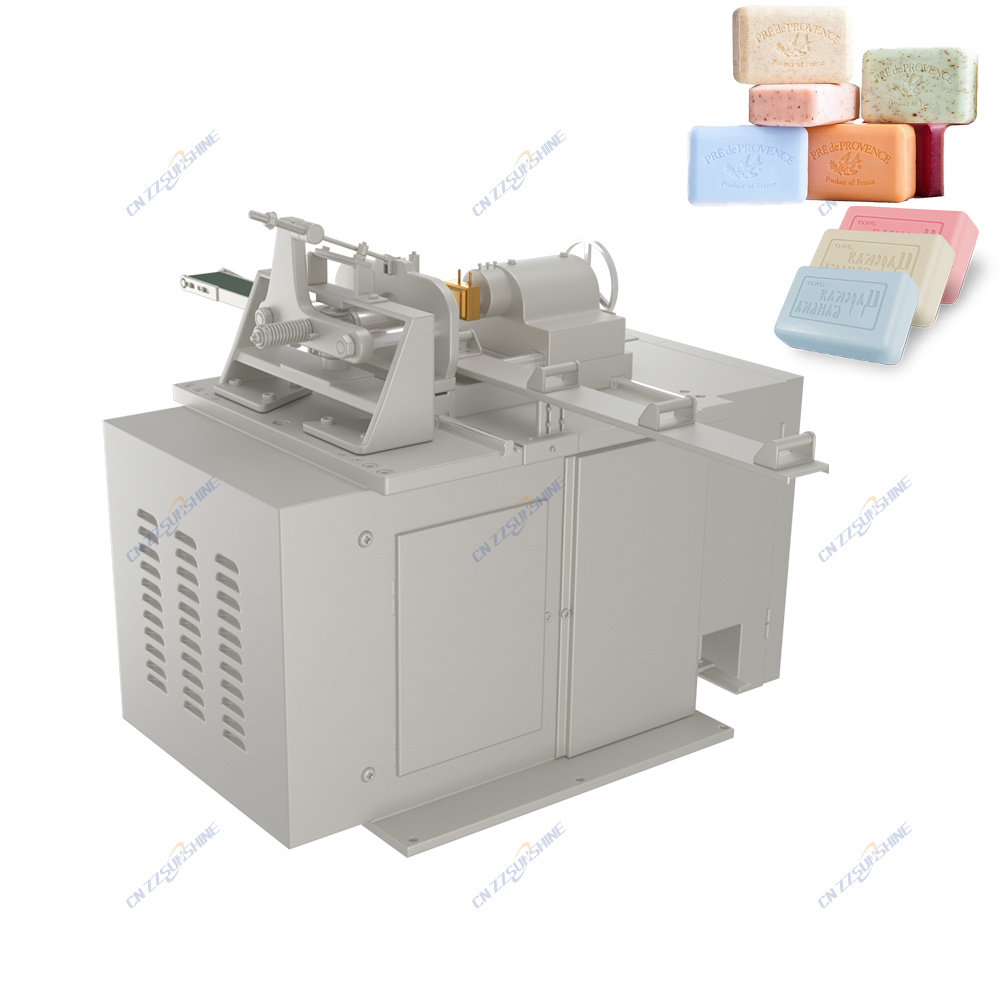In today’s competitive industrial landscape, manufacturers are increasingly turning to automated solutions to enhance efficiency and reduce operational costs. An automatic soap production line represents a significant advancement, integrating components like vacuum plodders, soap mixers, and automatic cutters to streamline the entire process from raw material blending to finished bar packaging. This technology minimizes manual intervention, ensuring consistent quality and higher output rates, which is crucial for meeting rising consumer demands in sectors such as laundry soap making lines or toilet soap finishing lines.
One key advantage is the integration of a vacuum plodder, which removes air bubbles during the extrusion phase, resulting in denser, more durable soap bars that resist crumbling. Coupled with high-efficiency soap mixing equipment, this setup allows for precise control over ingredient ratios, reducing waste and enhancing product uniformity. For instance, in a laundry bar soap production line, automated systems can handle large volumes of raw materials, such as oils and fragrances, while maintaining strict hygiene standards. This not only boosts productivity but also cuts labor costs by up to 40%, as fewer workers are needed for repetitive tasks.
Moreover, the inclusion of an automatic soap cutting system ensures accurate sizing and minimal material loss, which is essential for high-volume operations. Companies can achieve faster turnaround times, with some lines producing thousands of bars per hour. This efficiency translates to better scalability for businesses looking to expand into new markets, like bath soap making machines for luxury segments. By adopting such a production line, manufacturers gain a competitive edge through improved reliability and reduced downtime. Ultimately, investing in an automatic soap production line offers long-term savings and superior product quality, making it a smart choice for modern soap manufacturers aiming to thrive in a dynamic industry.




